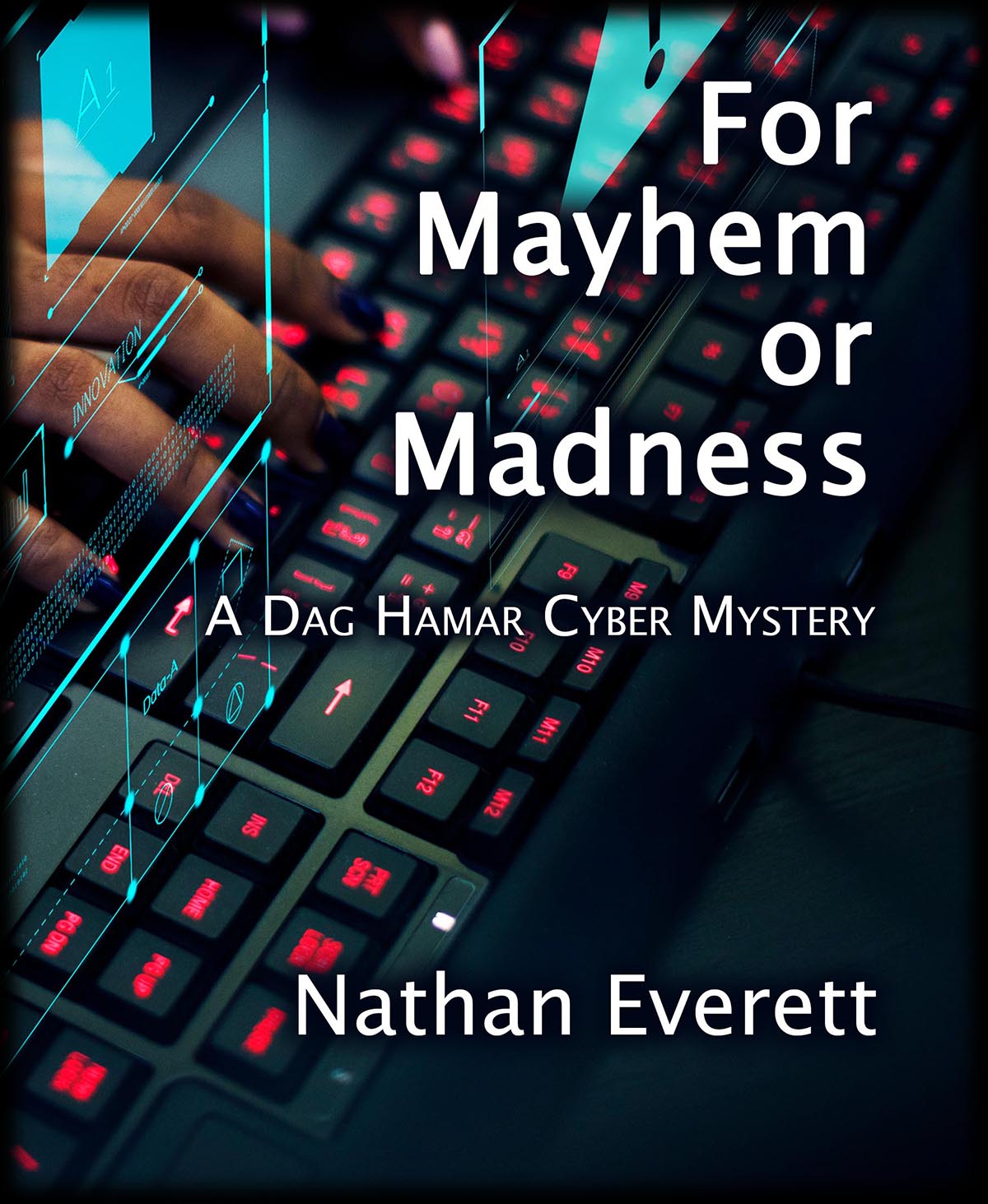10/8/23
Loglines
This is number thirty-one in the blog series, “My Life in Erotica.” I encourage you to join my Patreon community so I can afford to keep writing.

NANOWRIMO PREP MONTH continues. Already I’m feeling the pressure to have my idea for what to write in November solidified. So far, I haven’t even decided whether I’m writing erotica or some other literary genre. Fortunately, many if not most of the steps in preparing to write are the same.
The logline is a one-sentence statement that reveals the premise of the story, but also adds an emotional aspect that hooks the reader. (studiobinder.com) Think of the one-line summary in a television directory like TV Guide. Here’s a sample I saw in today’s TV Guide:
A former war veteran storms Afghanistan to rescue his old CO from the Soviets.
Can you guess the movie? How about this one:
A young woman living in an old apartment building becomes pregnant following a horrible nightmare, and begins to fear the worst for her unborn child while suspecting that she is surrounded by evil.
Many writing teachers will say that the logline is created after you’ve written the book or screenplay and need to sell it. But I believe it is a valuable tool to include on the front end of the development cycle. In Blake Snyder’s screenwriting book Save the Cat, he summarizes the logline as simply the answer to “What is it?”

Actor, director, and admitted cad, Terry leads a life filled with colorful and beautiful women: from actresses to students, from stage crew to strangers—Terry never meets a woman he isn’t interested in taking to the next level.
When I first conceived of Things I Never Told My Wife (available on Bookapy), it was a tongue-in-cheek memoir of a Shakespearean player. My 2019 NaNoWriMo project had been called American Royalty, which later became Nathan Everett’s novel A Place at the Table. I needed something more lighthearted and fun to write, so near the end of December I started writing TINTMW.
I didn’t have much of a plan other than that logline. What were some of the things a cad like Terry might do that he’d never tell his wife? I just made a list of them and wrote an episode about each.
I met my soulmate when I was sixteen years old.
Of course, I never told my wife about that.
And that started the adventure. So, here we are preparing for NaNoWriMo 2023—my twentieth! I’ve been looking at storylines that include replotting a fairytale into modern times. Or perhaps a classical narrative poem. I’ve tried to reduce them to a logline to see if I’d buy that. Here are a few ideas:
- 1. Frustrated father marries off overly-picky daughter to first beggar he sees.
- 2. Girl escapes from father’s incestuous intentions, taking a few precious items, and finding work in a neighboring city as a housekeeper, until the owner of the house falls in love.
- 3. Young woman is caught in a lust-inflamed dream, not realizing her dream-lover is the flesh-and-blood enemy her family has sworn to kill.
- 4. Youngest son stumbles through a quest, succeeding where his older and smarter brothers failed, arousing jealousy and treachery as they attempt to take what he has won.
Notice that in each of these, there is an inciting incident, a protagonist, action, and an antagonist. It is not necessary to name them. Names in most instances don’t add anything to the logline—unless the named character is already known to the reader.

Computer forensics detective Dag Hamar is on the loose again; this time contracted by FinCEN to find and neutralize a computer hacker creating havoc with national security.
Presumably, in this logline for Nathan Everett’s For Mayhem or Madness, readers are already familiar with the previous adventures of Dag Hamar. The name means something.
Alternatively, we have loglines that include more informative elements: Protagonist, action, antagonist, goal, stake.
I created a logline for Nathan Everett’s The Gutenberg Rubric before I started writing the book. I had it memorized and told it to everyone I met, honing it more finely until I was ready to write.
Two rare-book librarians are unlikely heroes as they race time, biblio-terrorists, and Homeland Security across three continents to find and preserve a legendary ‘other book’ printed by Johannes Gutenberg.
I have to say, that term ‘biblio-terrorists’ got more attention from agents than anything else in the pitch. The original title I had for the book, however, changed to make it more mysterious. The original title was Gutenberg’s Other Book. While that is a key element, discovering what The Gutenberg Rubric is, drives our heroes on.
Here are a few possible loglines for NaNoWriMo this year that follow this pattern more closely.
- 5. OSHA inspector accuses contractor of bad wiring, but a short circuit transports the two into an alternate reality where they must battle each other for the hand of a king’s daughter and the safety of the nation.
- 6. Woman’s wedding is canceled when a rival claims to already be the fiancé’s wife.
- 7. Man interprets a woman’s romantic attention as a thinly-veiled attempt to gain control of his business, but his attempts to rebuff her constantly lead them closer to each other.
- 8. Socially awkward genius inventor hides behind his CEO’s charisma to manage his company, all the while being ridiculed for his stupidity and incompetence.
In either logline format, we have the basis to create a story. The premise of the story (in some instances only the setting) is always coupled with an emotional hook. It is the hook that will draw an audience in and make them consider reading a book that they normally wouldn’t because they ‘don’t read that type of topic.’
The next question the author needs to consider is how deep the hook can be set. Is there a whole novel behind the single sentence or is it just a part of the story? (Hopefully, the exciting part.) At this stage you may consider some other aspects of the story.
That inventor in #8 above is just a Sad Sack being taken advantage of by the CEO until it is revealed that both are vying for the same girl’s love. Well, then should that be included in the logline to set the hook a little deeper or can it wait until we reach the next level of description?

The logline isn’t the end of the planning process. Next week, let’s look at the next level of the description: “The Pitch,” and start eliminating storylines from consideration.
Please feel free to send comments to the author at devon@devonlayne.com.
